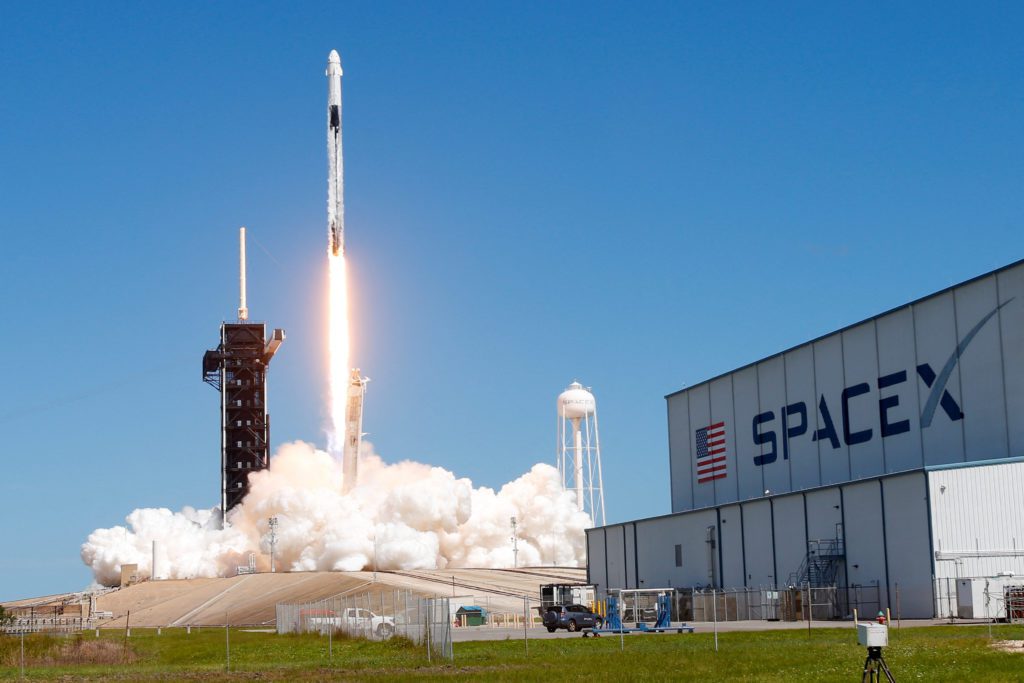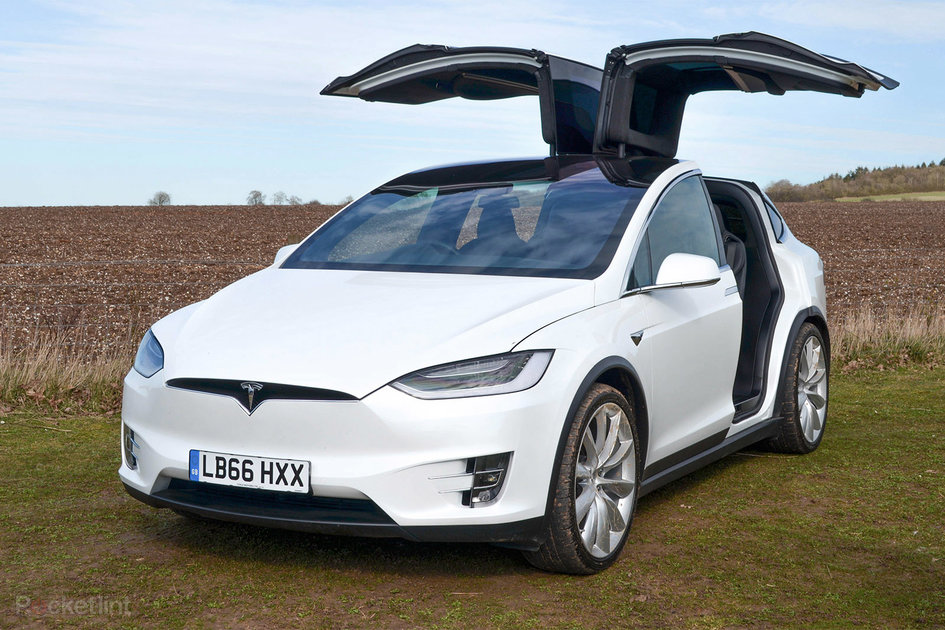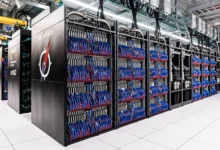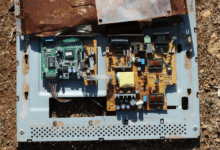
Elon Musk Is Not a Renegade Outsider – He’s a Massive Pentagon Contractor
Austin, Texas – Elon Musk’s proposed takeover of Twitter has ruffled many feathers among professional commentators. “Musk is the wrong leader for Twitter’s vital mission,” read one Bloomberg headline. The network also insisted, “Nothing in the Tesla CEO’s track record suggests he will be a careful steward of an important media property.” “Elon Musk is the last person who should take over Twitter,” wrote Max Boot in The Washington Post, explaining that “[h]e seems to believe that on social media anything goes. For democracy to survive, we need more content moderation, not less.” The irony of outlets owned by Michael Bloomberg and Jeff Bezos warning of the dangers of permitting a billionaire oligarch to control our media was barely commented upon.
Many celebrities publicly left the social media platform in protest against the proposed $44 billion purchase. This only seemed to confirm to many free-speech-minded individuals that the South African billionaire was a renegade outsider on a mission to save the internet from authoritarian elite control (even though he is borrowing money from the governments of Qatar and Saudi Arabia to do so).
Musk has deliberately cultivated this image of himself: a real-life Tony Stark figure who thinks for himself and is not part of the established order. But behind this carefully constructed façade, Musk is intimately connected to the U.S. national security state, serving as one of its most important business partners. Elon, in short, is no threat to the powerful, entrenched elite: he is one of them.
To Ukraine, with love
Musk, whose estimated $230 billion fortune is more than twice the gross domestic product of Ukraine, has garnered great positive publicity for donating thousands of Starlink terminals to the country, helping its people come back online after fighting down the internet in much of the country. Starlink is an internet service allowing those with terminals to connect to one of over 2,400 small satellites in low Earth orbit. Many of these satellites were launched by Musk’s SpaceX technologies company.
However, it soon transpired that there is far more than meets the eye with Musk’s extraordinary “donation.” The U.S. government quietly paid SpaceX top dollar to send their inventory to the warzone. USAID – a government anti-insurgency agency that has regularly functioned as a regime-change organization – is known to have put up the cash to purchase and deliver at least 1,330 of the terminals.
Starlink is not a mass-market solution. Each terminal – which is, in effect, a tiny, portable satellite dish – has a markedly limited range and is useful only in hyper-local situations. Mykhailo Fedorov, Ukraine’s Minister of Digital Transformation, estimated that the 10,000 Starlink terminals were allowing around 150,000 people to stay online.

Such a small number of people using the devices raises eyebrows. Who is important enough to be given such a device? Surely only high-value individuals, such as spies or military operatives. That Starlinks is serving a military purpose is now beyond clear. Indeed, in a matter of weeks, Starlink has become a cornerstone of the Ukrainian military, allowing it to continue to target Russian forces via drones and other high-tech machinery dependent on an internet connection. One official told The Times of London that he “must” use Starlink to target enemy forces via thermal imaging.
“Starlink is what changed the war in Ukraine’s favor. Russia went out of its way to blow up all our comms. Now they can’t. Starlink works under Katyusha fire under artillery fire. It even works in Mariupol,” one Ukrainian soldier told journalist David Patrikarakos.
Dave Tremper, Director of Electronic Warfare at the Pentagon, sang SpaceX’s praises. “How they did that [keeping Ukrainian forces online] was eye-watering to me,” he said, adding that in the future, the U.S. military “needs to be able to have that agility.”
Rocketman
Such a statement is bound to get the attention of SpaceX chiefs, who have long profited from their lucrative relationship with the U.S. military. SpaceX relies largely on government contracts, with almost no civilian demand for many of its products, especially its rocket launches.
Musk’s company has been awarded billions of dollars in contracts to launch spy satellites for espionage, drone warfare, and other military uses. For example, in 2018, SpaceX was chosen to blast a $500 million Lockheed Martin GPS system into orbit. While Air Force spokesmen played up the civilian benefits of the launch, such as increased accuracy for GPS devices, it is clear that these devices play a key role in global surveillance and ongoing drone wars. SpaceX has also won contracts with the Air Force to deliver its command satellite into orbit, with the Space Development Agency to send tracking devices into space, and with the National Reconnaissance Office (NRO) to launch its spy satellites. All of the “big five” surveillance agencies, including the CIA and the NSA, use these satellites.
Thus, in today’s world, where so much intelligence gathering and target acquisition is done via satellite technology, SpaceX has become as important to the U.S. war machine as more well-known companies like Lockheed Martin and Boeing. Without Musk’s company, the U.S. would not be able to carry out such an invasive program of spying and drone warfare worldwide. Indeed, China is growing increasingly wary of this power and is being advised to develop anti-satellite technologies to counter SpaceX’s all-seeing eye. Yet Musk continues to benefit from a general perception that he is not part of the system.
Since 2002, SpaceX has been extremely close to the national security state, particularly the CIA. Perhaps the most crucial link is Mike Griffin, who, at the time, was the president and COO of In-Q-Tel, a CIA-funded venture capital firm that seeks to nurture and sponsor new companies that will work with the CIA and other security services, equipping them with cutting edge technology. The “Q” in its name refers to “Q” from the James Bond series – a creative inventor who supplies the spy with the latest futuristic tech.
Griffin was with Musk virtually from day one, accompanying him to Russia in February 2002, where they attempted to purchase cut-price intercontinental ballistic missiles to start Musk’s business. Musk felt he could substantially undercut opponents by using second-hand material and off-the-shelf components for launch launches. The attempt failed, but the trip cemented a lasting partnership between the pair, with Griffin going to war for Musk, consistently backing him as a potential “Henry Ford” of the rocket industry. Three years later, Griffin would become head of NASA and later would hold a senior post at the Department of Defense.
While at NASA, Griffin brought Musk in for meetings and secured SpaceX’s big break. In 2006, NASA awarded the company a $396 million rocket development contract – a remarkable “gamble” in Griffin’s words, especially as it had never launched a rocket. As National Geographic put it, SpaceX, “never would have gotten to where it is today without NASA.” And Griffin was essential to this development. Still, by 2008, SpaceX was again in dire straits, with Musk unable to make payroll. The company was saved by an unexpected $1.6 billion NASA contract for commercial cargo services. Thus, from its earliest days, SpaceX was nurtured by government agencies that saw the company as a potentially important source of technology.
Nuking Mars & backing coups
Like Henry Ford, Musk entered the automobile business, purchasing Tesla Motors in 2004. And also, like Henry Ford, he has shared some rather controversial opinions. In 2019, for instance, he suggested that vaporizing Mars’ ice caps via a series of nuclear explosions could warm the planet sufficiently to support human life. It would arguably not even be his worst crime against space if this was done. During a 2018 publicity stunt, he blasted a Tesla into outer space using a SpaceX rocket. However, he did not sterilize the vehicle before doing so, meaning it was covered in earthly bacteria – microorganisms that will likely be fatal to any alien life they encounter. The car is a biological weapon that could end life on any planet it encounters.
Musk also attracted attention when he appeared to admit that he worked with the U.S. government to overthrow Bolivian President Evo Morales in 2019. Bolivia is home to the world’s largest easy-to-extract lithium reserves, an element crucial in producing electric-vehicle batteries. Morales had refused to open the country up to foreign corporations eager to exploit Bolivia for profit. Instead, he proposed developing sovereign technology to keep both the jobs and profits inside the country. He was overthrown by a U.S.-backed far-right coup in November 2019. The new government quickly invited Musk for talks. When asked on Twitter point blank whether he was involved in Morales’ ouster, Musk responded, “We will coup whoever we want! Deal with it.”
The South African has a long history of trolling and making inflammatory statements, so this “confession” might not be as cast-iron as it seems. Nevertheless, any hope of Musk profiting from Bolivia was shot after Morales’ party returned to power in a resounding victory one year later.
World’s richest man, funded by taxpayers
In addition to the billions in government contracts Musk’s companies have secured, they also have received similar numbers in public subsidies and incentives. Among these is Tesla, which greatly benefits from complex international electric vehicle production rules. To reduce carbon emissions, governments worldwide have introduced a system of credits for green vehicles, whereby a certain percentage of each manufacturer’s output must be zero-emission vehicles. Tesla only produces electric cars, so it easily meets the mark.

However, the system also allows Tesla to sell their excess credits to manufacturers who cannot meet these quotas. In a competitive market where each manufacturer needs to hit certain targets, these credits are worth their weight in gold and net Tesla billions in profit annually. For example, between 2019 and 2021 alone, Stellantis, which owns the Chrysler, Fiat, Citroen, and Peugeot brands, forked out nearly $2.5 billion to acquire Tesla U.S. and European green credits.
This bizarre and self-defeating system goes some way to explaining why Tesla is worth more by market cap than Toyota, Volkswagen, Mercedes-Benz, BMW, GM, Ford, Honda, Hyundai, Kia, and Volvo put together, despite not being even a top-15 car manufacturer in terms of units sold.
Musk’s company also received significant government backing in its early stages, receiving a $465 million low-interest loan from the Department of Energy in 2010, when Tesla was on the rocks, and its future was in doubt.
Like many giant companies, Tesla can play states off against each other, each job-hungry location bidding against the others to give the corporation as much free cash and tax incentives as possible. In 2020, for example, Austin gave Tesla more than $60 million in tax breaks to build a truck plant there.
However, this was a small fry compared to some of the deals Musk has signed. The State of New York handed Musk over $750 million, including $350 million in cash, in exchange for building a solar plant outside of Buffalo – a plant that Musk was bound to build somewhere in the United States. Meanwhile, Nevada signed an agreement with Tesla to build its Gigafactory near Reno. The included incentives mean that the car manufacturer could rake in nearly $1.3 billion in tax relief and tax credits. Between 2015 and 2018, Musk paid less than $70,000 in federal income taxes.
Therefore, while the 50-year-old businessman presents himself as a maverick science genius – an act that has garnered him legions of fans around the world – a closer inspection of his career shows he earned his fortune in a much more orthodox manner. First, by being born rich, then by striking it big as a dot-com billionaire, and finally, like so many others, by feeding from the enormous government trough.
Perhaps more seriously, though, SpaceX’s close proximity to the military and the national security state marks it out as a key cog in the machine of the U.S. empire, allowing Washington to spy, bomb or coup whoever it wants.
For this reason, so much of the positive and negative hysteria over Musk’s purchase of Twitter is misplaced. Elon Musk will neither save nor destroy Twitter because he is not a crusading rebel challenging the establishment: he is an integral part of it.
Feature photo | MintPress News
Alan MacLeod is a Senior Staff Writer for MintPress News. After completing his PhD in 2017 he published two books: Bad News From Venezuela: Twenty Years of Fake News and Misreporting and Propaganda in the Information Age: Still Manufacturing Consent, as well as a number of academic articles. He has also contributed to FAIR.org, The Guardian, Salon, The Grayzone, Jacobin Magazine, and Common Dreams. MPN.news is an award-winning investigative newsroom. Sign up for their newsletter.






